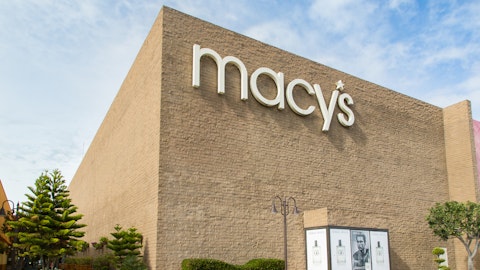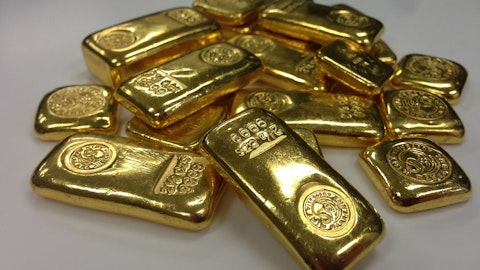Air Products has a diversified business model. It operates several large segments, which are Merchant Gases, Tonnage Gases, Electronics and Performance Materials, and Equipment and Energy. No individual business segment comprises more than 37% of its annual revenue. In addition, the company is diversified geographically. Approximately 42% of Air Products’ revenue comes from the U.S. and Canada, and 58% is derived from outside the U.S. and Canada.
A strategic priority for Air Products is to grow further in under-developed nations. The emerging markets in Asia and Latin America have rapidly-growing economies that should experience faster GDP growth than mature markets like the U.S.
Air Products is repositioning its portfolio to meet these goals. For example, the company is making progress toward the sale of its Performance Material division and a spin-off of the Electronics Material division. With these moves, it will focus on its Industrial Gases business, which it believes will bring it further margin improvement opportunities.
Growth Prospects
Air Products & Chemicals, Inc. (NYSE:APD) enjoys high margins, as a result of its global scale. Company sales declined 5% last fiscal year, but this was mostly due to the strong U.S. dollar. Since Air Products has such a significant international operation, it is highly exposed to currency risk. The strengthening U.S. dollar has made exports less competitive, and revenue generated overseas is worth less when it is converted back into U.S. dollars. Air Products still managed 14% growth in earnings-per-share last year.
Its strong record of earnings-per-share growth is mostly due to margin expansion.

Source: Credit Suisse 2016 Basic Materials Conference Presentation, Page 2
Air Products’ earnings before interest, taxes, depreciation, and amortization (EBITDA) margin last quarter was 34.2%; in the same quarter last fiscal year, its EBITDA margin was 30.7%. Air Products management is very effective at allocating capital.
Management has a stated minimum 10% internal rate of return before accepting any new projects. This laser-like focus on creating shareholder value and not wasting shareholders’ money is why the company generated an 11.3% return on capital employed last fiscal year, which was a 150-basis point year over year expansion.
The company is seeing strong results in fiscal 2017 as well. Last fiscal quarter, earnings-per-share adjusted for one-time items increased 16% year-over-year. For the full fiscal year, management expects 13% growth at the midpoint of its earnings-per-share guidance.
The company has managed to compound its earnings-per-share at 7.9% a year over the last decade. A good portion of this growth came from steadily rising profit margins. In 2006, the company’s net profit margin was 9.0%. The company is expected to generate a net profit margin of 17.1% percent in fiscal 2016. The company’s margins nearly doubled in one decade. This is clear evidence of a widening competitive advantage.
Competitive Advantages & Recession Performance
The U.S. industrial gas industry is mature. Air Products, Praxair, Inc. (NYSE:PX), and Airgas, which was acquired by France-based Air Liquide (AIQUY) cover the majority of the market.
The gas business is highly consolidated because it has strong competitive advantages for incumbent businesses. Large projects require technical know-how and high up-front costs which make competing difficult for a start-up business.
Additionally, gas suppliers have well established gas distribution networks. Once a customer is supplied by a gas company, it is unlikely they switch. Even if a customer wanted to switch, there are very few competitors in any one geographical region that can compete on price in the same distribution network.
As a result, the well-established gas companies like Air Products maintain their customers and grow business year after year. These qualities helped Air Products remain profitable even during the depths of the Great Recession.
– 2006 earnings-per-share of $3.18
– 2007 earnings-per-share of $4.64
– 2008 earnings-per-share of $4.15
– 2009 earnings-per-share of $2.96
– 2010 earnings-per-share of $4.74
Earnings-per-share did fall significantly in 2009, but the company remained profitable throughout the recession. Earnings-per-share quickly recovered to new all time highs the next year, in 2010.





